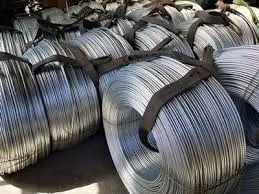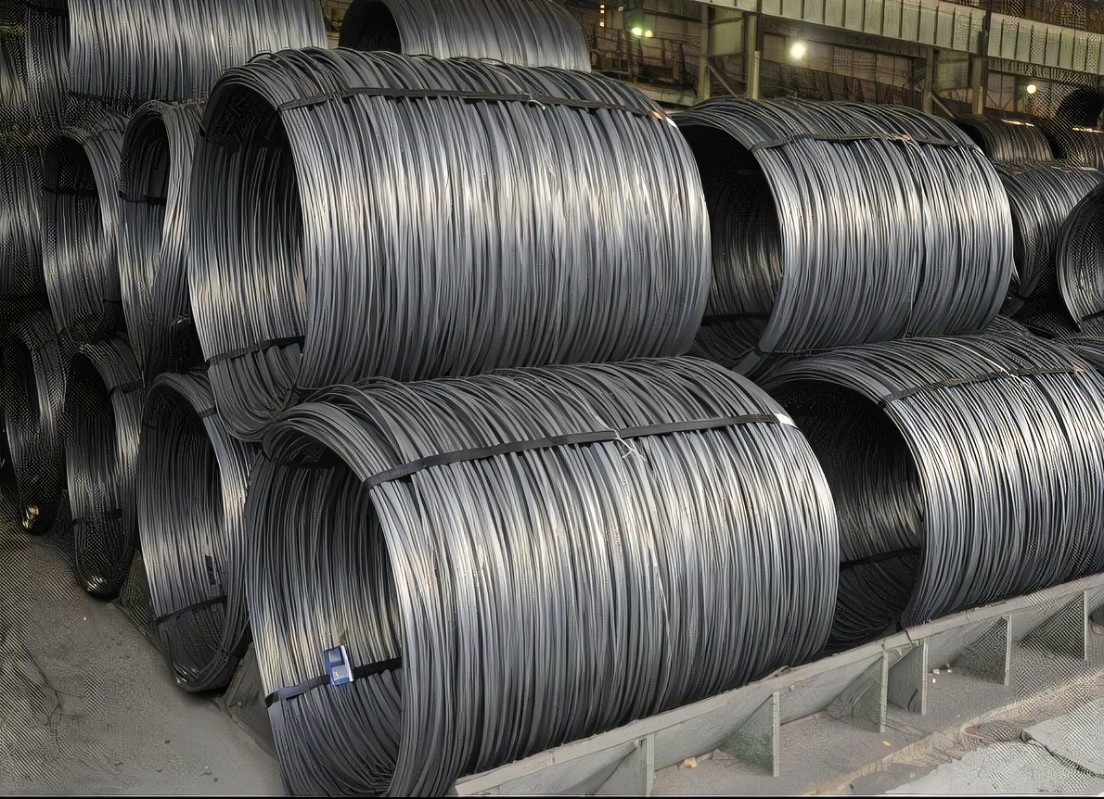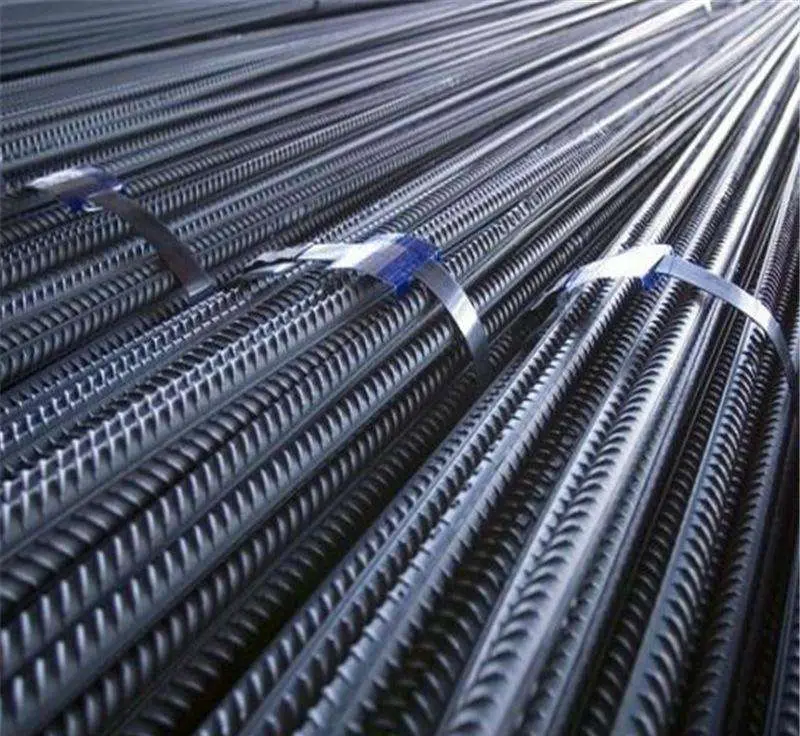Understanding the Difference Between Wire Rod and Rebar in Construction Steel
What is Wire Rod?
In simple terms, wire rodrefers to coiled steel bars, typically with diameters of 10mm or less. These are rolled into circular hoops and often require straightening before use in construction. Wire Rods are categorized based on diameter (thickness) and shape, falling under classifications such as:


-
Round Steel – Straight bars with a diameter greater than 8mm.
-
Bar Steel – Straight steel with round, hexagonal, square, or other cross-sections. In stainless steel, "bar" usually refers to round steel.
-
Wire Rod – Coiled round steel with diameters ranging from 5.5mm to 30mm. The term "wire" alone typically refers to steel wire, which is a processed product made from wire rods.
-
Coiled Rebar – Hot-rolled steel supplied in coils, including round, square, rectangular, and hexagonal shapes. Most coiled rebar is round.
Classifications of Construction Steel
Construction steel is broadly categorized into rebar, round steel, wire rod, and coiled rebar, each serving different purposes.


1.Rebar (Reinforcing Bar)
-
Lengths: Typically 9m (for roads) or 12m (for bridges).
-
Specifications: Diameters range from 6mm to 50mm, with allowable deviations.
-
Strength Grades: HRB335, HRB400, HRB500.
2. Round Steel
-
Types: Hot-rolled, forged, or cold-drawn.
-
Materials: Includes 10#, 20#, 45#, Q215-235, 42CrMo, 40CrNiMo, GCr15, 304, 316, etc.
-
Applications:
-
5.5-25mm: Used as reinforcing bars, bolts, and mechanical parts.
-
>25mm: Used for machinery or as raw material for seamless steel pipes.
-
3. Wire Rod
-
Common Grades: Q195, Q215, Q235 (construction mainly uses Q215 & Q235).
-
Standard Sizes: 6.5mm, 8.0mm, 10mm (up to 30mm max).
-
Uses: Reinforcing concrete, wire drawing, mesh production, etc.
4. Coiled Rebar
-
Advantage: Unlike straight rebar (limited to 9m-12m lengths), coiled rebar can be cut to any required length.
Classification of Rebar
Rebar can be further categorized by:
-
Shape
-
Plain Rebar (Grade I/Q235): Smooth, round cross-section (≤10mm, supplied in coils or 6m-12m lengths).
-
Ribbed Rebar (Grades II-IV): Features spiral, herringbone, or crescent patterns for better concrete bonding.
-
Steel Wire & Strand: Low-carbon or carbon steel wire, used in prestressed concrete.
-
Cold-Twisted Rebar: Formed through cold rolling and twisting.
-
-
Diameter
-
Steel Wire (3-5mm)
-
Fine Rebar (6-10mm)
-
Coarse Rebar (>22mm)
-
Understanding the distinctions between wire rod, rebar, and other construction steel types is crucial for selecting the right material for infrastructure projects. While wire rods are coiled and thin (≤10mm), rebars are straight or ribbed bars used for reinforcement. Coiled rebar offers flexibility in length, making it ideal for customized construction needs.
For more updates on construction materials and industry standards, stay tuned to our news section.
Email:manager@fsdsteel.com
Phone/Whatsapp:+86-18831507725















